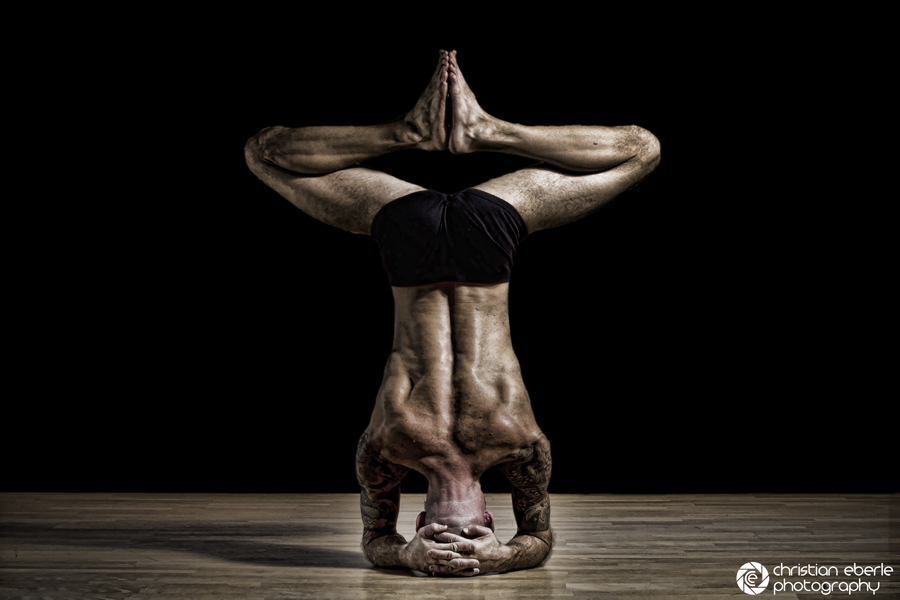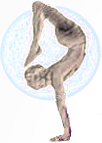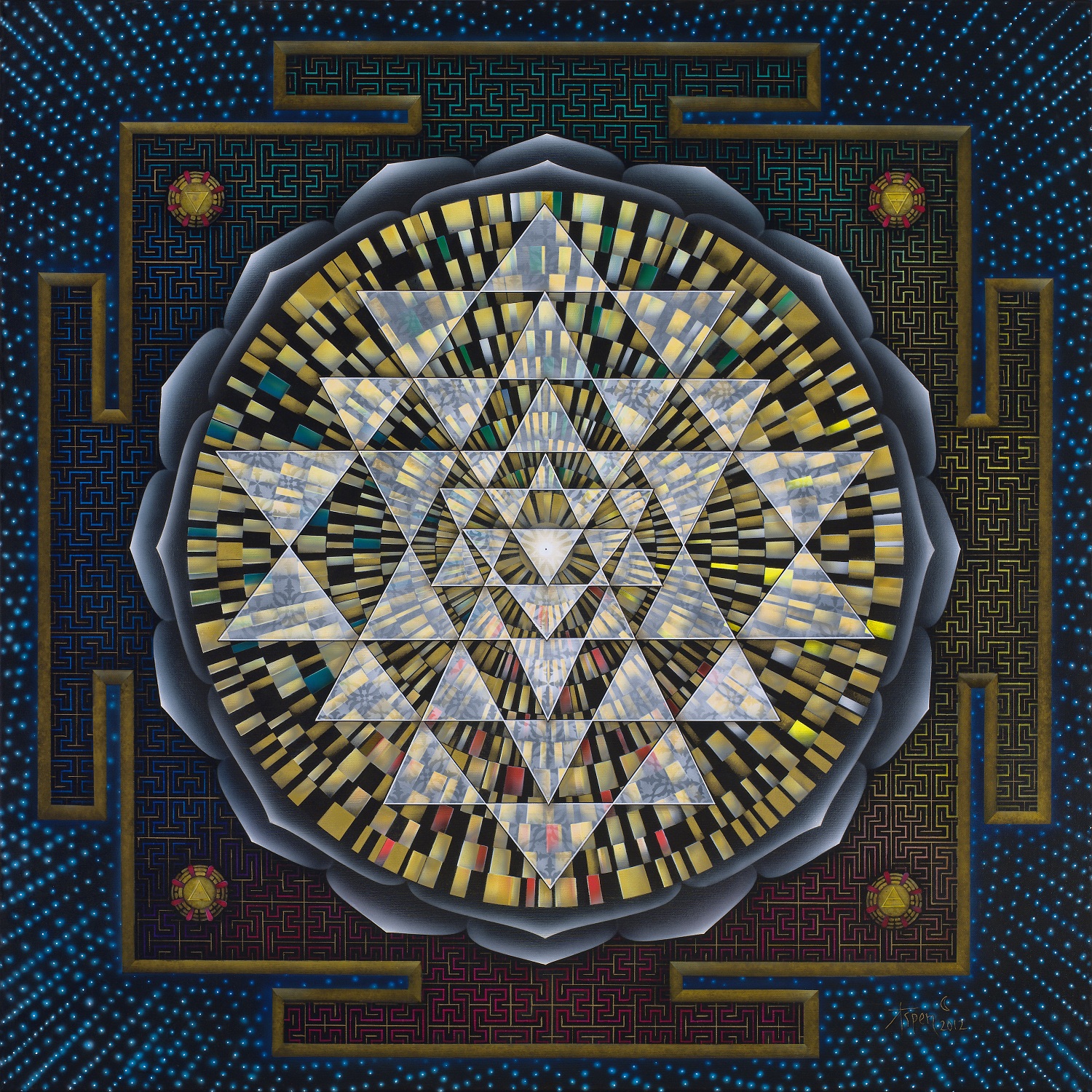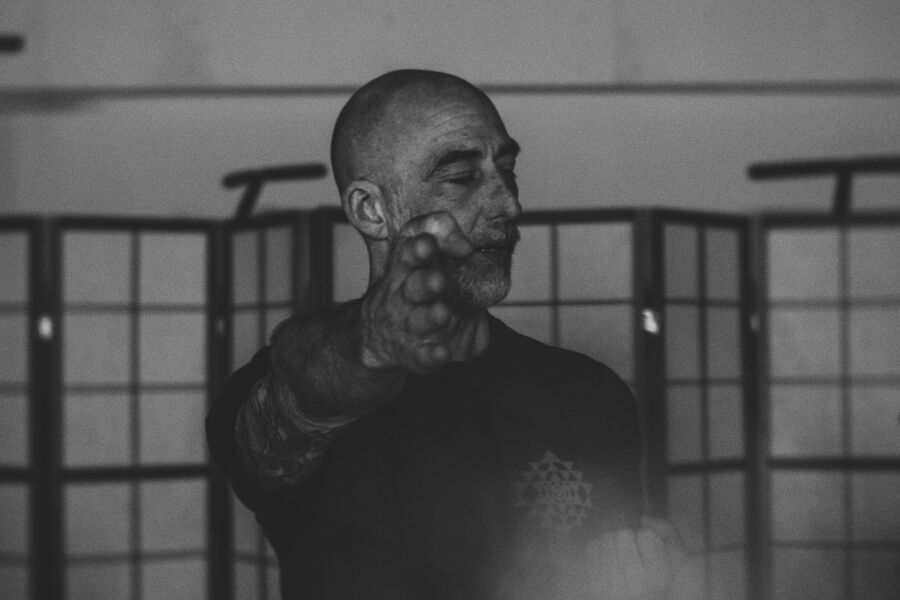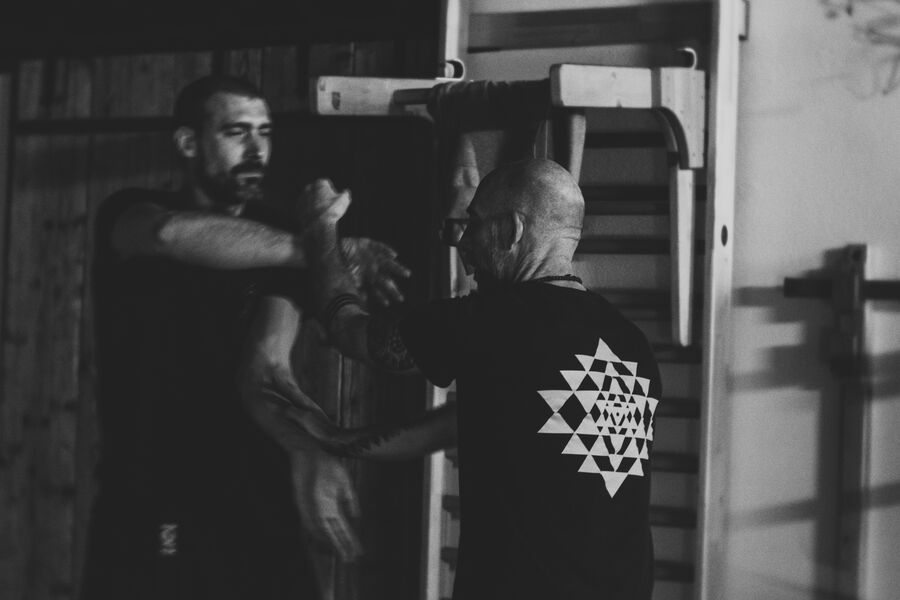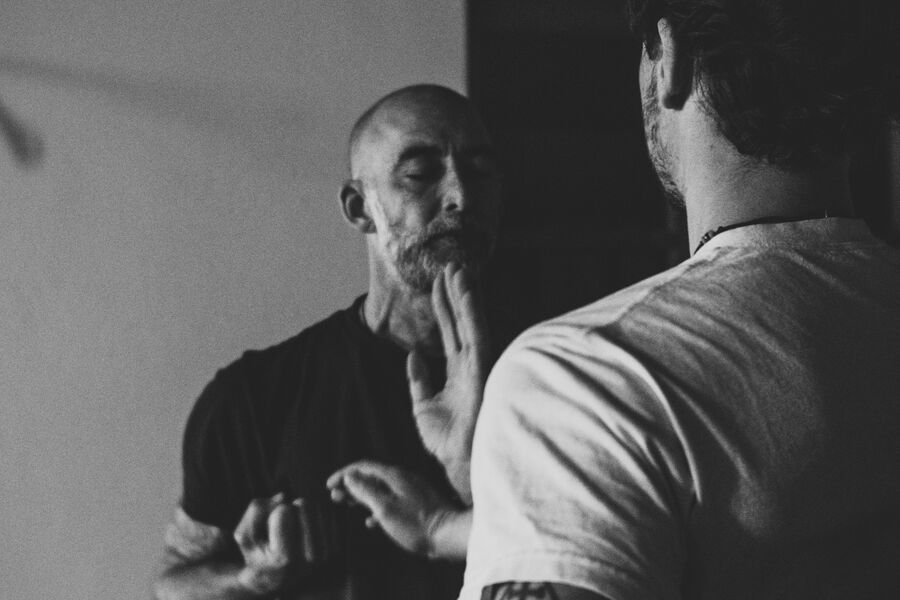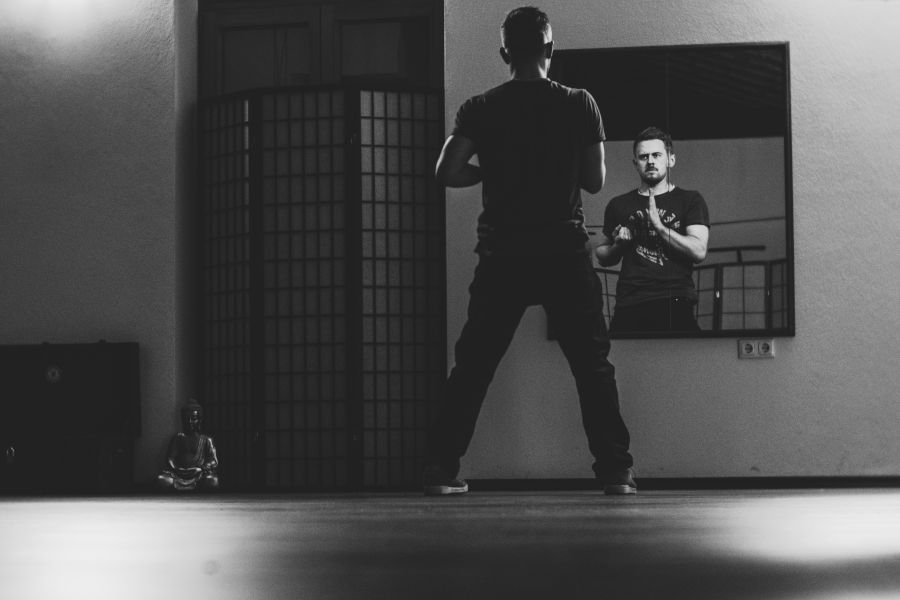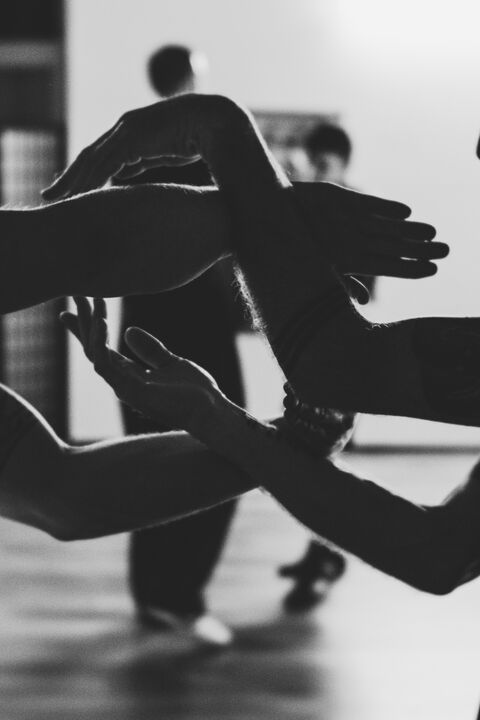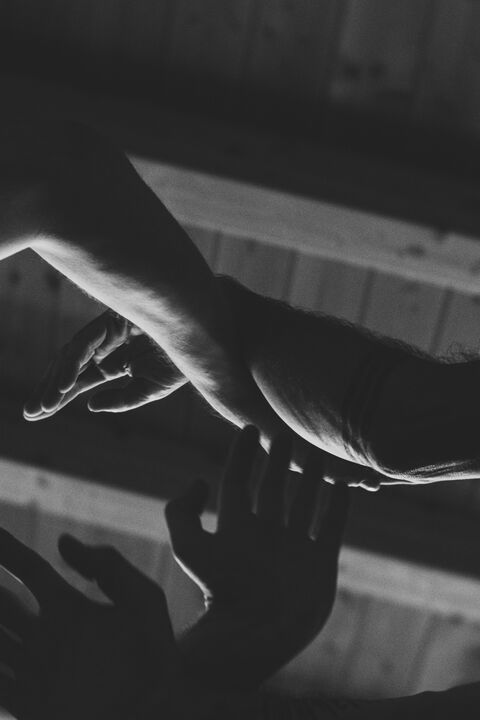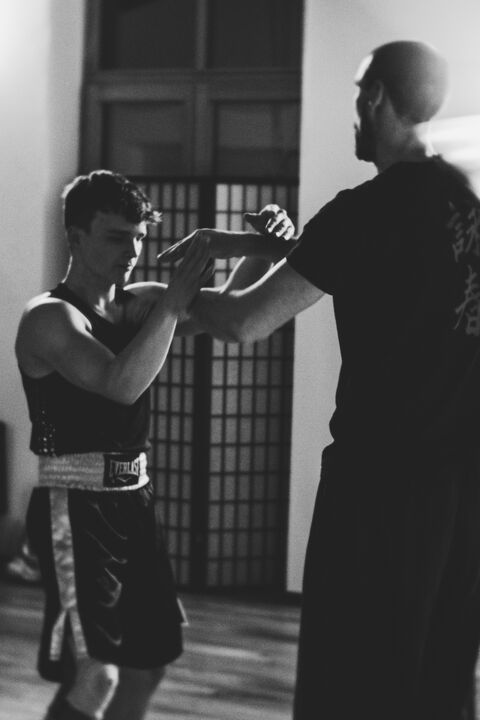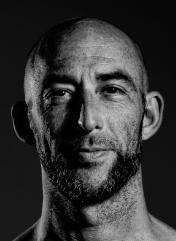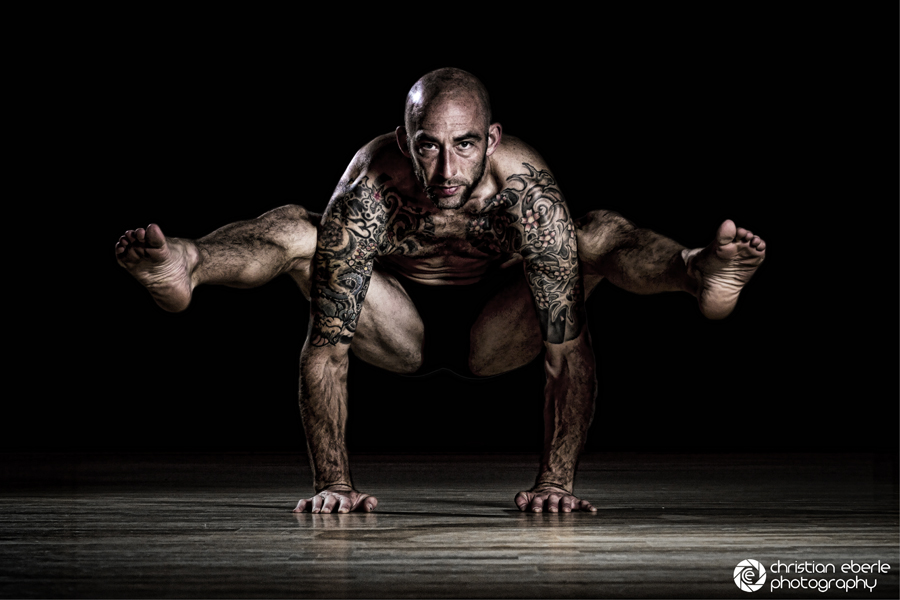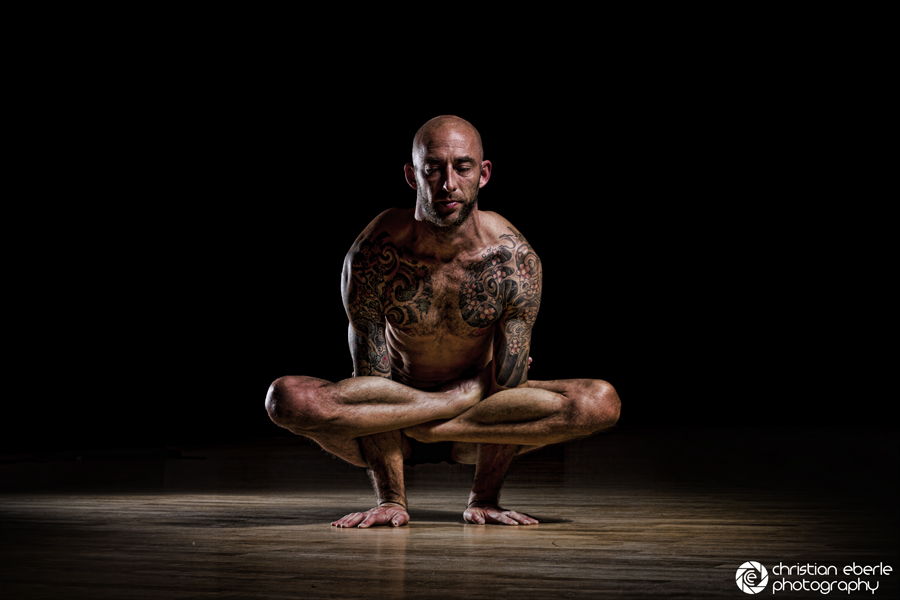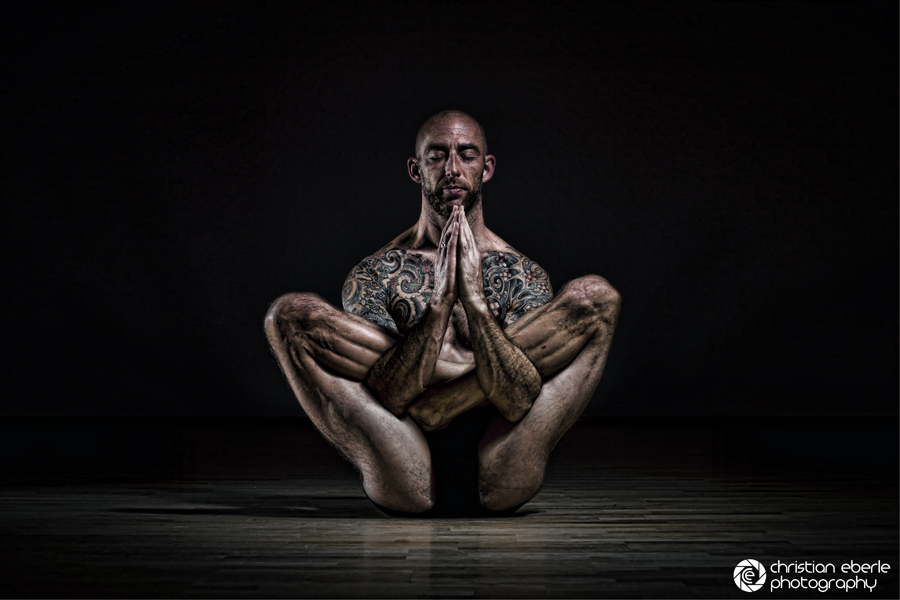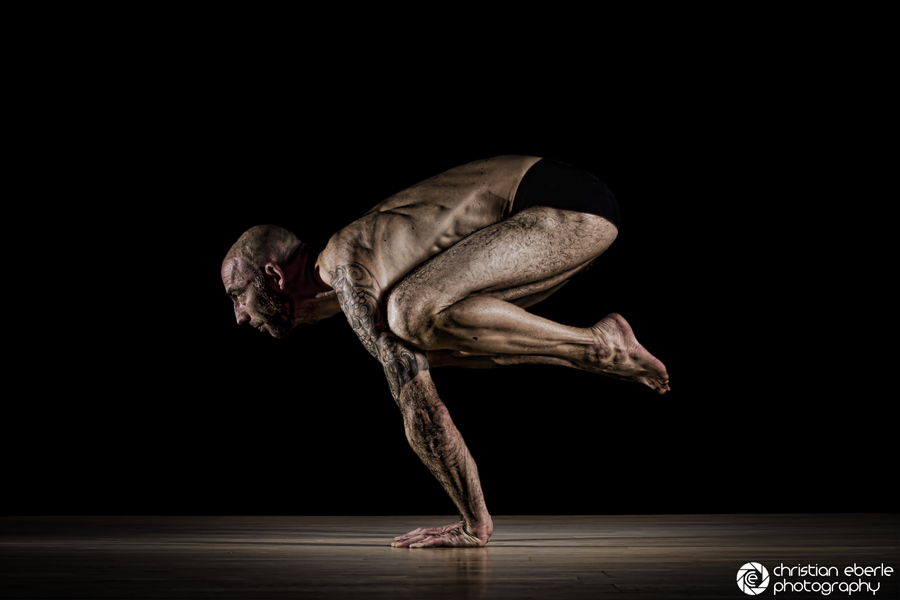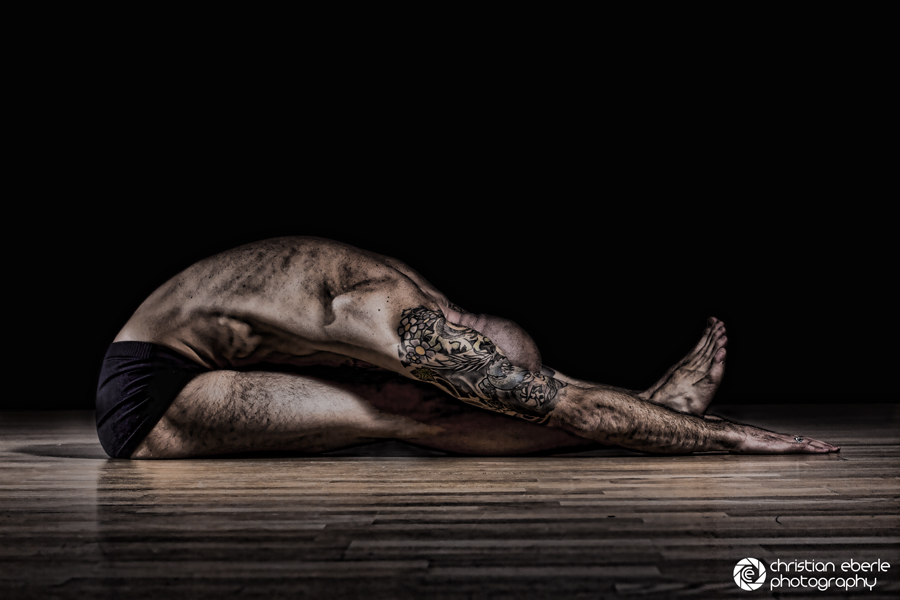The following information provides a simple overview of what happens with your personal data when you visit our website. Personal data is all data with which you can be personally identified. Comprehensive information on the topic of data protection can be found in our privacy policy on this website.
Further information on data protection
Data collection on our website
Who is responsible for data collection on this website?
Data processing on this website is performed by the website operator. Their contact information can be found in the imprint section of this website.
How do we collect your data?
Your data is collected by means of you providing it to us. This can include, for example, data which you enter in a contact form.
Other data is automatically collected by our IT systems when you visit the website. This is primarily technical data (e.g. internet browser, operating system or time of the page view). Collection of this data occurs automatically as soon as you access our website.
What do we use your data for?
Some of the data is collected in order to ensure that the website is displayed correctly. Other data can be used to analyse your usage behaviour.
What rights do you have with regard to your data?
You have the right to receive information on the source, recipient and purpose of your stored personal data at any time, free of charge. You also have the right to request rectification, restriction or erasure of this data. In this regard and for other questions regarding data protection, you can contact us at any time at the address provided in the imprint. Furthermore, you have the right to lodge a complaint with the responsible supervisory authority.
You also have the right to obtain restriction of processing of your personal data under certain conditions. For details in this regard, refer to the privacy policy under "Right to restriction of processing".
2. General information and mandatory information
Data protection
The operator of this website takes the protection of your personal data very seriously. We treat your personal data as confidential and in accordance with the applicable data protection regulations and this privacy policy.
Various personal data is collected when you use this website. Personal data is data which can be used to identify you personally. This privacy policy explains what data we collect and what we use it for. It also explains how and for what purpose this occurs.
Please note that the transfer of data via the internet (e.g. when communicating by email) may be subject to security vulnerabilities. Complete protection of the data against access by third parties is not possible.
Information regarding the controller
The controller for purposes of data processing on this website is:
Raphael Lang
Bahnhofstraße 18
83674 Gaißach
Phone: 08041-9306
E-Mail: info@markandeya-yoga.com
The controller is the natural or legal person which, alone or jointly with others, determines the purposes and means of the processing of personal data (e.g. names, email addresses or the like).
Revoking your consent to data processing
Many data processing processes are only possible with your express consent. You can withdraw previously given consent at any time. An informal message sent to us via email is sufficient for this purpose. The legality of data processing which occurred prior to the withdrawal is unaffected by the withdrawal of consent.
Right to object to data collection in specific cases and in opposition to direct marketing (Art. 21 GDPR)
When data processing takes place pursuant to point (e) or (f) of Art. 6(1) GDPR, you have the right at any time, on grounds relating to your particular situation, to object to processing of your personal data; this also applies to profiling based on this provision. The respective legal grounds on which processing is based is indicated in this privacy policy. If you exercise your right to object, then we will no longer process your affected personal data, unless we can demonstrate compelling legitimate grounds for the processing which override your interests, rights and freedoms or serve the establishment, exercise or defence of legal claims (objection pursuant to Art. 21(1) GDPR).
Where your personal data is processed for direct marketing purposes, you have the right to object at any time to processing of personal data concerning you for such marketing, which includes profiling to the extent that it is related to such direct marketing. If you object to processing for direct marketing purposes, your personal data shall no longer be processed for such purposes (objection pursuant to Art. 21(2) GDPR).
Right to lodge a complaint with the responsible supervisory authority
In the event of infringement of the GDPR, the data subject has the right to lodge a complaint with a supervisory authority, in particular in the Member State of his or her habitual residence, place of work or place of the alleged infringement. The right to lodge a complaint exists without prejudice to any other administrative or judicial remedy.
Right to data portability
You have the right to have data, which we process by automated means on the basis of your consent or for performance of a contract, provided to you or a third party in a structured, commonly used and machine-readable format. Insofar as you request the data to be transmitted directly to another controller, this is only done where technically feasible.
Access, restriction, erasure and rectification
Within the framework of applicable legal regulations, you have the right to receive, at any time and free of charge, information on your stored personal data, its source and recipient and the purpose of data processing and, if applicable, the right to rectification, restriction, or erasure of this data. In this regard and for other questions on the topic of personal data, you can contact us at any time at the address provided in the imprint.
Right to restriction of processing
You have the right to obtain restriction of processing of your personal data. In this regard you can contact us at any time at the address provided in the imprint. The right to restriction of processing exists in the following cases:
- When you contest the accuracy of your personal data stored by us, we generally require time to review this. You have the right to obtain restriction of processing of your personal data for the period of the review.
- When the processing of your personal data was/is unlawful, you can obtain the restriction of data processing instead of erasure.
- When we no longer need your personal data but you require them for the establishment, exercise or defence of legal claims, you have the right to obtain the restriction of processing of your personal data instead of erasure.
- If you have objected pursuant to Art. 21(1) GDPR, your interests must be weighed against our interests. As long as it has not been determined whose interests override, you have the right to obtain restriction of processing of your personal data.
Where you have restricted processing of your personal data, this data shall - with the exception of storage - only be processed with your consent or for the establishment, exercise or defence of legal claims or for the protection of the rights of another natural or legal person or for reasons of important public interest of the Union or of a Member State.
3. Data collection on our website
Server log files
The provider of the website automatically collects and stores information in so-called server log files, which your browser transmits to us automatically. This is:
- Browser type and browser version
- operating system used
- Referrer URL
- Host name of the accessing device
- Time of the server access
- IP address
Merging of this data with other data sources is not performed.
This data is captured pursuant to point (f) of Art. 6(1) GDPR. The website operator has a legitimate interest in the technically correct presentation and optimisation of their website - server log files have to be recorded for this purpose.
Inquiry via email, phone or fax
When you contact us via email, phone or fax, your inquiry including all personal data resulting from it (name, inquiry) are stored and processed by us for the purpose of processing your request. We don't provide this data to others without your consent.
Processing of this data takes place pursuant to point (b) of Art. 6(1) GDPR, insofar as your inquiry is related to performance of a contract or is required to complete pre-contractual measures. In all other cases processing is based on your consent (point (a) of Art. 6(1) GDPR) and/or on our legitimate interests (point (f) of Art. 6(1) GDPR), since we have a legitimate interest in effective processing of the inquiries submitted to us.
The data transmitted to us by you via inquiries remains with us, until you request us to erase it, withdraw your consent to store it or the purpose of data storage no longer applies (e.g. after processing of your request has been completed). Compulsory legal regulations - in particular legal retention periods - remain unaffected.
Source: https://www.e-recht24.de/muster-datenschutzerklaerung.html
